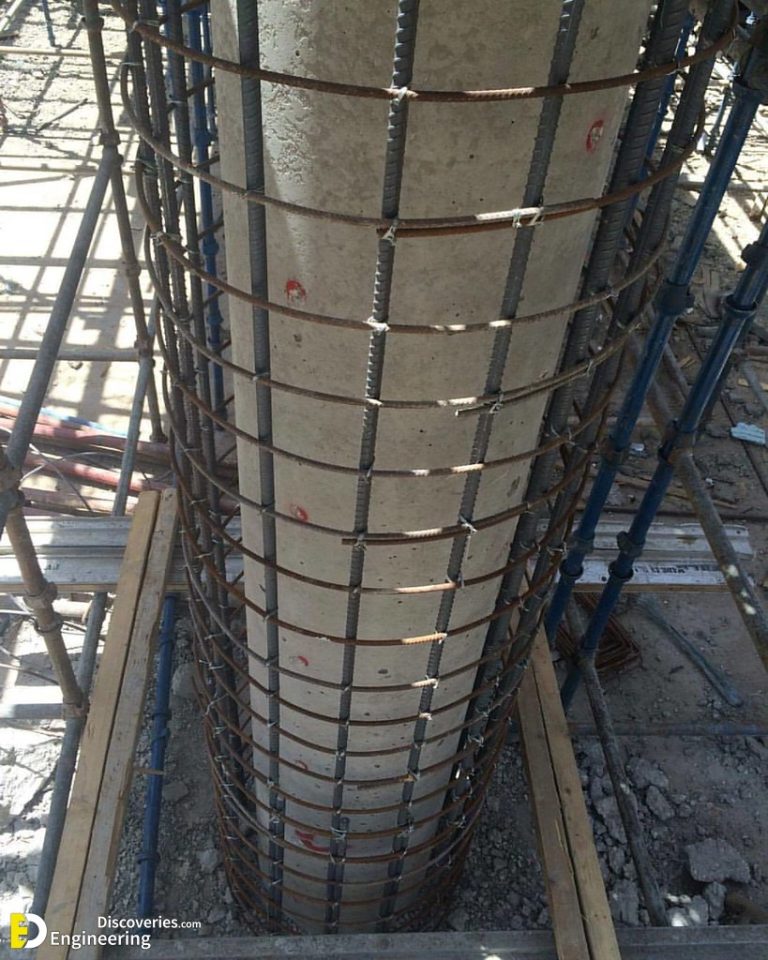
Structural Retrofitting And Strengthening By Jacketing, Its Types And
Fiber reinforced polymer (FRP) material is commonly applied in retrofitting structures due to the advantages of high strength and well corrosion resistance. Previous studies indicated that retrofitting with FRP sheet was an effective way for protecting the existing structures to resist the blast loads, but little research made comprehensive comparison study on the blast response of RC columns.

Seismic Retrofit & Repair STRUCTURAL TECHNOLOGIES
Retrofitting refers to the process of upgrading or modifying existing structures, systems, or equipment to improve their performance or make them more energy-efficient. This process is typically performed in older buildings or homes to bring them up to current standards and improve their energy efficiency. Retrofitting of Building
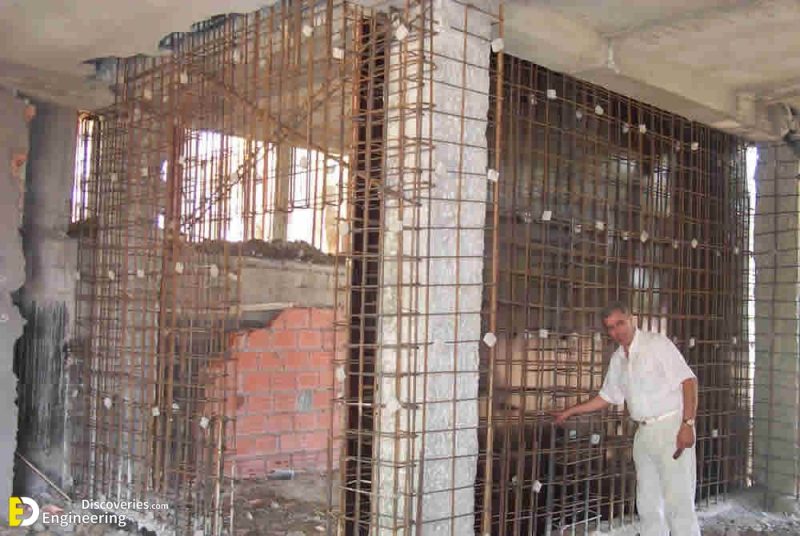
Structural Retrofitting And Strengthening By Jacketing, Its Types And
The use of wraps around existing deficient columns induces lateral confining stresses in the concrete as it expands laterally in the compression zone as a function of high axial compression strains or in tension zone as a function of dilatation of lap splices under incipient splice failure.

Fig Retrofitting of column by column jacketing Fig Retrofitting of
The control column design, test setup, test procedures, and displacement loading protocols were documented in detail in Part 1 of this series (STRUCTURE, January 2022). Test Specimens. The testing included one control column (Figure 14), i.e., a column without retrofitting, and two identical specimens of a column with the three-sided FRP retrofit.
Retrofitting Techniques for Existing Damaged Buildings Methods for
Cover plates are often added to existing (loaded) steel columns as an effective retrofit method for increasing their compressive design strength. Current bridge design specifications provide equations for calculating the compressive design strength of steel columns. However, these equations cannot be extended to calculate the design strength of.

Retrofitting of the square columns with FRP sheets Download
The effectiveness of seismic retrofitting using three different fibers—carbon fiber (CF), glass fiber (GF), polyethylene terephthalate (PET) fiber—and a fiber combination of aramid fiber (AF) and PET fiber (called hybrid fiber reinforced polymer (HF)) wrapped on reinforced concrete (RC) circular columns was experimentally evaluated. A total of 11 RC circular columns were tested: three.

Methods Of Retrofitting For RCC Structures What Is Retrofitting?
Deterioration of column due to weathering action. Dilapidation of columns. Heavy damage due to other causes like earthquake and fire Advantages of jacketing It increases the seismic capacity of columns. Amount of work is less as foundation strengthening is not required. It increases the shear strength of the column.
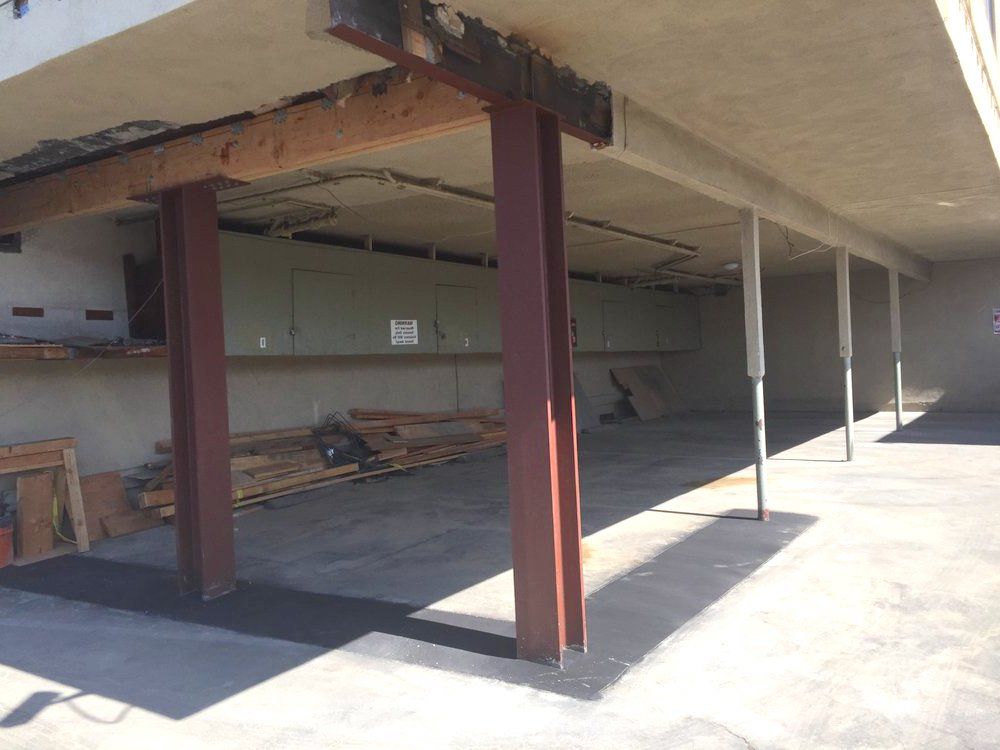
Soft Story Retrofit 3 Retrofit Construction Methods and How it Affects
Column Retrofitting of RC columns Journal of Materials in Civil Engineering 1.5 (ABC1234):8 Authors: Mohamed Mosad Kamal Menoufia University Ahmed Nabil Muhammed M.Salem Menoufia University.

How to Use Cantilevered Columns Correctly Our Latest SoftStory
Seismic retrofitting and/or the strengthening of RC columns has been a popular area of research for decades. Currently, reinforced concrete jacketing is considered as the most common technique for repairing and strengthening of deficient and/or damaged RC columns.
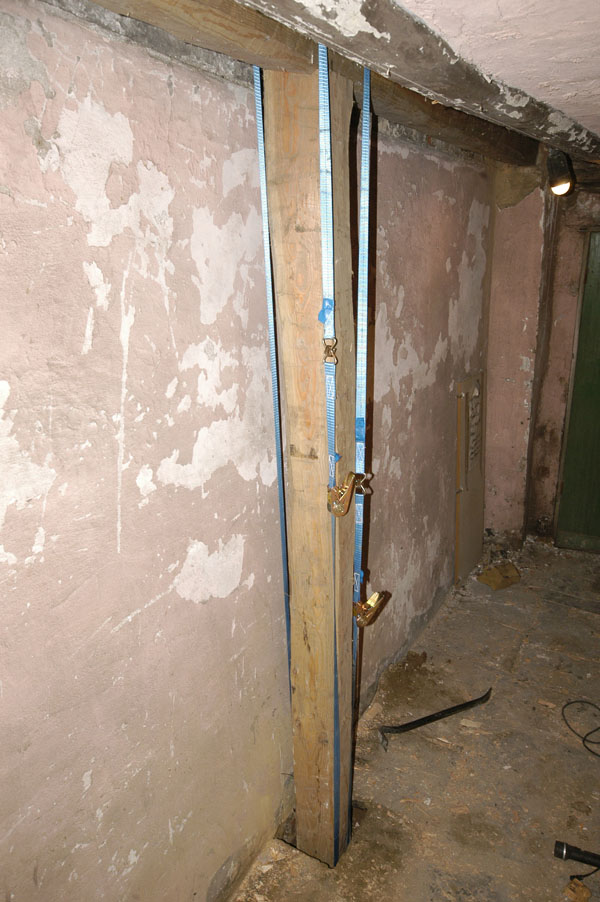
Retrofitting Structural Beam and Column
2.2 Column retrofitting. The RC columns thus constructed were retrofitted through the three confining methods of CFRP wraps, CSB, and CSW using unidirectional carbon fibers and Sikadur-330 epoxy adhesive via the wet lay-up process. Based on the manufacturer's catalog, the carbon fibers were 0.17 mm in thickness with an elongation-at-break of.

Structural Retrofitting And Strengthening By Jacketing, Its Types And
CFRP RC column Close-in explosion Residual bearing capacity 1. Introduction Deliberate explosions targeting landmark buildings and critical facilities emphasize the need to prevent structures from being subjected to blast loadings.
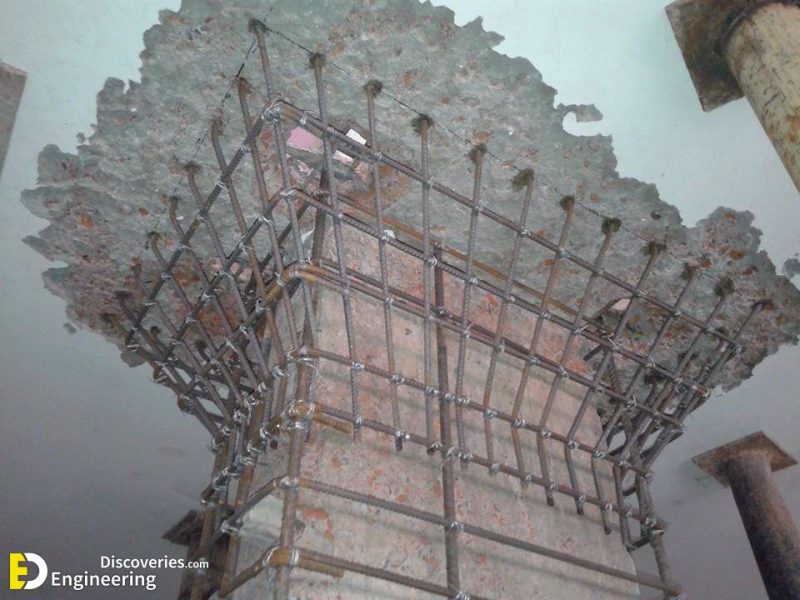
Structural Retrofitting And Strengthening By Jacketing, Its Types And
The purpose for strengthening or retrofitting these RC beam-column structural joint includes various factors as concrete which is deteriorating, changes in building utility, structure ageing, corroding reinforcement, design mistakes or construction errors and upgradation in the codal provisions.

What is Retrofitting Retrofitting techniques Retrofitting Of
Retrofitting of reinforced concrete columns Authors: Ahmed Dr Nabil Ahmed Mustafa Menoufia University Ahmed Mostafa Montaser Abstract Many reinforced concrete structures are deficient in.

Retrofitting scheme for RC columns and beamcolumn joints. Download
Local retrofit technique refers to retrofitting of column, beam, joint, slab, wall and foundation. It is based on the reduction of seismic demands. Types of local retrofitting techniques: Concrete jacketing. Steel jacketing. FRP sheet wrapping
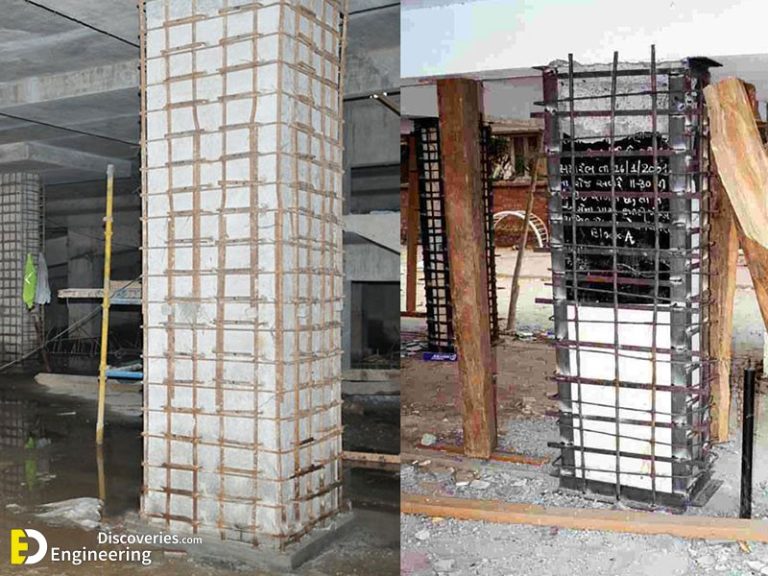
Structural Retrofitting And Strengthening By Jacketing, Its Types And
In this video, we'll be teaching you how to strengthen a column using different methods. We'll cover the benefits of each method, as well as tips on when to.

Retrofitting scheme for RC columns and beamcolumn joints. Download
Retrofitting of RC columns is one of the widely used upgrading approaches for moment resisting frame buildings [3]. Several techniques are available for retrofitting RC columns. Upgrading the column behavior normally involves increasing its strength, ductility, stiffness or in most cases a combination of these parameters..